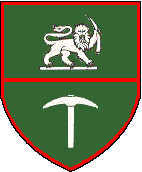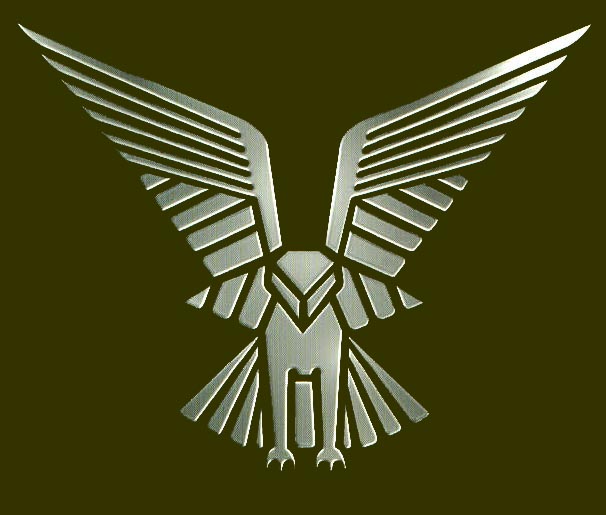|
DRAKE SHOOT
The Drake shooting (also known as the cover shoot) is a very
effective method for improving the shot-to-hit ratio.
It was devised and used by the Selous Scouts to deal with and
counter ambushes set by guerrillas in bush country were the enemy had
ample concealment and was difficult to locate.
This useful technique is based on the fact that in a
close-quarters firefight, 99 percent of combatants seek to hide from
incoming fire by hitting the ground and rolling into the nearest cover.
Accepting this fact, the Drake/cover shoot concept requires that
two rounds be fired into positions of likely cover until all positions
are neutralized.
Each
man of the patrol would concentrate on his assigned arc of
responsibility to his immediate front and systematically analyzed it.

While
the scout analyzed his arc he would think ‘ if I was the enemy, which
position within my arc would I chosen for cover?’
The scout would look at the base of large trees, rocks and
thickets, and “double-tap” two controlled shots into each side of
the suspected location close to ground level. By placing the shots low into the position, dirt and stones
will spray up into the face of anyone hiding there, causing them to take
rapid evasive movements and thus exposing them to aimed fire. The trick is to try to place the bullets just above the
ground, because a man lying down is no more than 12 inches high.
To shoot any higher will result in the bullet winging harmlessly
overhead. A four-man
tracking team of scouts could quickly and effectively clear 40 potential
firing positions, assuming that each man uses a 20-round magazine on a
semiautomatic weapon. In
the case of trees, the scout was trained to fire right into them at
almost ground level, as bullets fired from modern high-velocity weapons
can easily and completely penetrate most trees.
As the scout observed his arc he would start close up, then
systematically progress further and further back, widening the arc of
fire, until all likely and suspected positions have been engaged.
This technique is effective in flushing hidden adversaries and is
economical in ammunition expenditure.
For
training, areas were chosen at random by the instructors for these
purposes and small targets concealed in all likely positions in which an
enemy might take cover. After
some practice and coaching, it was quite remarkable at how many targets
were successfully engaged without the firer ever having sight of the
target.
David Scott-Donelan at
the Tactical
Tracking Operations School is currently still teaching the
Drake/cover shoot to military, police, and special operations personnel.
The technique is taught during the live fire portions of his
courses.
|




